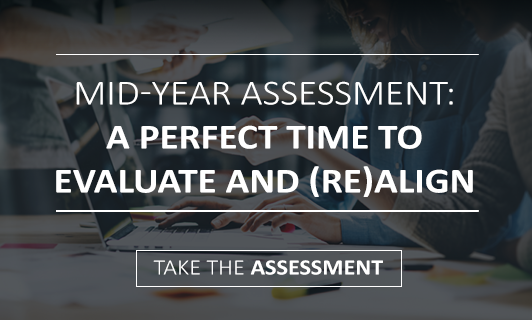“This piece of cardboard will take you halfway around the world,” according to The New York Times.
Last week, New York Times’ subscribers received Google Cardboard with their Saturday paper. The gift was promoting the launch of their new virtual reality app, NYT VR. 
As the media landscape continues to shift and innovate, is virtual reality the next big thing in storytelling?
In a recent feature in the Times, Public Editor Margaret Sullivan comments on the publication’s venture, “here was a piece of cutting-edge journalism — promising virtual reality, no less — arriving the old-fashioned way, hand delivered with the print newspaper. The box itself… struck me as an almost instant anachronism: ready for its place on a historical timeline of the digital age’s evolution. This is what happened in 2015.”
As storytelling becomes more and more immersive, journalists are pushed further and further outside the box. In an increasingly competitive space, the pressure continues to drive innovation, but does VR have real practical application in journalism?
As noted by Newsweek, the Times “is hardly the first to adopt this new form of spherical storytelling. It follows the likes of ABC, The Wall Street Journal and Vice News, each of which has used the technology but failed (so far) to make it a staple tool in its journalistic arsenal.”
As with any new technology, trial and error is a necessary first step towards successful adaptation, but does VR really have a future behind the news desk? The shift towards interactive and multimedia content certainly supports its potential, but VR brings along an entirely new host of ethical concerns and transparency issues that must be considered.
That being said, according to TechCrunch, “2016 will be the year of VR; VR headsets and VR-capable hardware and software will be readily available to the public in 2016, and people will begin to experience VR and explore its near-endless potential.”
The immersive value of VR from a storyteller’s perspective is extremely valuable. Companies are already starting to capitalize on the trend—Figment VR has even released a new iPhone case with built in VR capabilities! PR and marketing professionals are beginning to tap into the potential
According to PAN’s Vice President of Digital, David Saggio, “virtual reality, especially in a readily accessible form like Google Cardboard, isn’t the future, it is the now. Immersive experiences that engage and educate are the Holy Grail for B2B communicators and audiences. The ability to illustrate complex ideas in a digestible format – anywhere, anytime – opens up a brand experience and dialogue that has been impossible up to this point. The technology and the ways to use it in brand storytelling will evolve quickly. Mainstream use is not far off at all. The smart B2B brands, especially in tech and healthcare should be the early adopters and gain a competitive advantage.”
A quick survey of PAN’s employees showed that 60 percent of our PR pros think that virtual reality will be a successful medium for storytelling, but as of today, over 55 percent are unsure if they’re interested in consuming news in VR form just yet.
What do you think? Is VR the future of storytelling, or is it too far outside the (cardboard) box? Share your thoughts with me on Twitter at @LaurenAKaufman.



